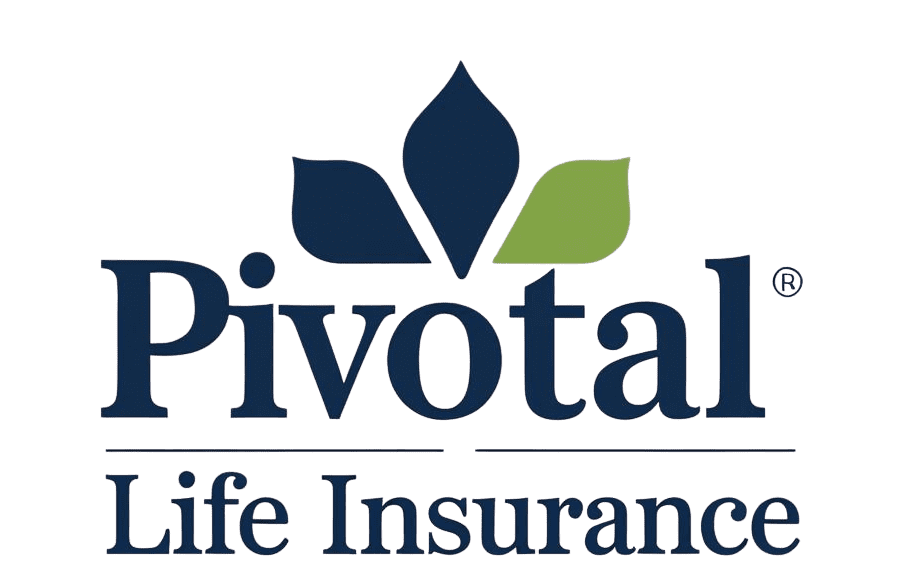Key Takeaways
Affordable coverage: Term life insurance offers high coverage at a low cost.
Temporary protection: Policies last for a set period (10, 20, or 30 years).
Guaranteed payout: Your family receives a death benefit if you pass away during the term.
Different types: Level, decreasing, renewable, convertible, and more.
Flexible options: Riders can add protection for critical illness or disability.
Costs vary: A healthy 30-year-old may pay just $20–30 monthly.
What Is Term Life Insurance?
Term life insurance is a temporary life insurance policy that provides coverage for a set period. If the policyholder dies during the term, their beneficiaries receive a lump-sum payout called a death benefit.
It’s one of the simplest and most affordable life insurance options since it doesn’t include savings or investment features. For example, a 20-year policy covers you for exactly two decades.
Variations include:
Direct term life insurance: Bought straight from insurers without agents.
Short-term policies: Lasting 1–5 years, often for loans or business needs.
10-year policies: A decade-long coverage option, usually for short-term financial obligations.
How Does Term Life Insurance Work?
You pay fixed premiums during the policy term. If you pass away during that period, your beneficiaries receive a tax-free payout.
You’ll choose two main details when buying:
Coverage term (10, 20, or 30 years is common.)
Coverage amount (often 10–15 times your income).
If the term ends and you’re still alive, coverage stops unless you renew or convert the policy. Renewal costs more because premiums rise with age.
Types of Term Life Insurance
Here’s a breakdown of the major types:
| Type | How It Works | Best For |
|---|---|---|
| Level Term Insurance | Premiums and payout remain the same throughout the term. | Families wanting predictable costs. |
| Decreasing Term Insurance | Death benefit decreases over time, often alongside a mortgage or loan. | Homeowners or borrowers. |
| Increasing Term Insurance | Payout grows to keep up with inflation or higher future needs. | Those expecting rising expenses. |
| Renewable Term Insurance | Can be renewed without a medical exam, but premiums increase with age. | People are unsure about long-term needs. |
| Convertible Term Insurance | Can be switched to permanent insurance without reapplying. | Families want future flexibility. |
| Return of Premium Insurance | Refunds your premiums if you outlive the policy. | Buyers who want money back if they survive the term. |
| Supplemental / Voluntary Insurance | Adds extra coverage through an employer or workplace plan. | Employees are seeking affordable add-ons. |
Term Life vs. Other Life Insurance Options
Term Life vs. Whole Life
| Feature | Term Life Insurance | Whole Life Insurance |
|---|---|---|
| Coverage Duration | Temporary (10, 20, or 30 years) | Permanent (lifetime) |
| Premiums | Affordable and fixed | Higher and fixed |
| Cash Value | None | Builds over time |
| Flexibility | Can renew or convert | Fixed structure |
| Best For | Temporary needs like mortgage protection | Lifelong coverage and estate planning |
Term Life vs. Universal Life
| Feature | Term Life Insurance | Universal Life Insurance |
|---|---|---|
| Coverage Duration | Temporary | Permanent |
| Premiums | Low and predictable | Flexible but higher |
| Cash Value | None | Yes, with investment growth potential |
| Flexibility | Simple and straightforward | Adjustable premiums and payouts |
| Best For | Families wanting budget-friendly protection | Buyers seeking lifetime coverage plus savings |
Costs of Term Life Insurance
Premiums depend on your age, health, policy length, and coverage amount.
A healthy 30-year-old: $20–30/month for a $500,000 policy (20 years).
A healthy 50-year-old: $50–100/month for the same coverage.
The younger and healthier you are, the cheaper it is.
Pros and Cons of Term Life Insurance
| Pros | Cons |
|---|---|
| Low premiums compared to permanent policies | Coverage ends after the term expires |
| Easy to understand with a simple structure | No cash value or savings component |
| Flexible with riders and different term lengths (10, 20, 30 years, etc.) | Renewal costs increase significantly as you age |
How to Choose the Right Policy
Calculate needs using the DIME method (Debt, Income, Mortgage, Education).
Match term length to key milestones (loan payoff, kids’ education, retirement).
Compare multiple quotes online for the best rates.
Add riders for extra coverage, like critical illness or disability.
Conclusion
Term life insurance is one of the most cost-effective ways to protect your loved ones financially. It provides affordable coverage for the years you need it most, like raising children or paying off debts.
To get started:
Estimate your coverage needs.
Choose a term length that matches your goals.
Compare quotes from reputable insurers.
Question for you: Would you choose a shorter, cheaper policy for flexibility, or a longer one for peace of mind?
FAQs
Does term life insurance expire?
Yes. Coverage ends when the term ends unless you renew or convert it.
Can you cash out a term life policy?
No. Term life doesn’t build savings, except return-of-premium plans, which refund your payments.
Is the payout taxable?
No. Beneficiaries usually receive the payout tax-free.
Who should buy term life insurance?
Anyone with dependents, debts, or financial obligations they want covered affordably.

